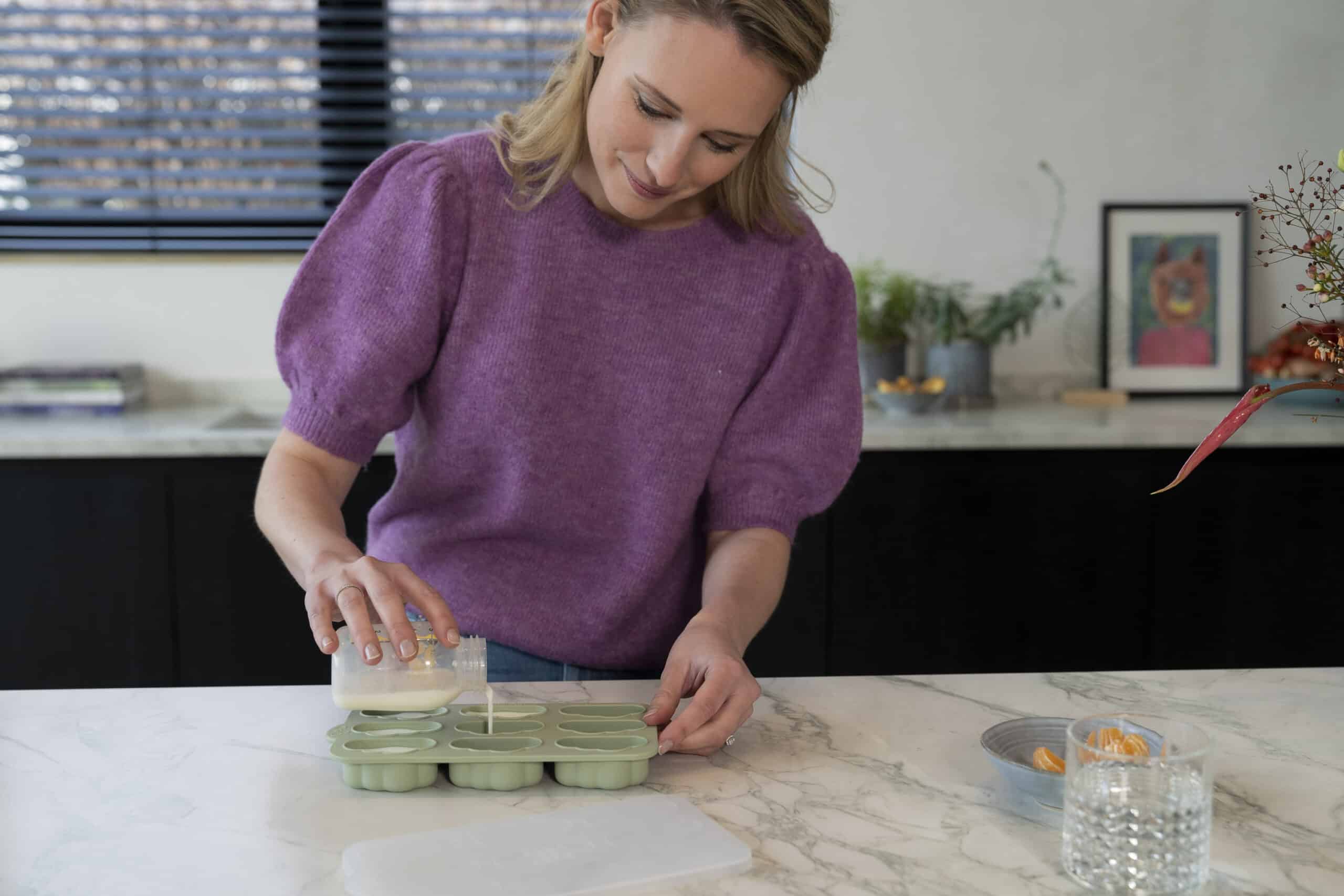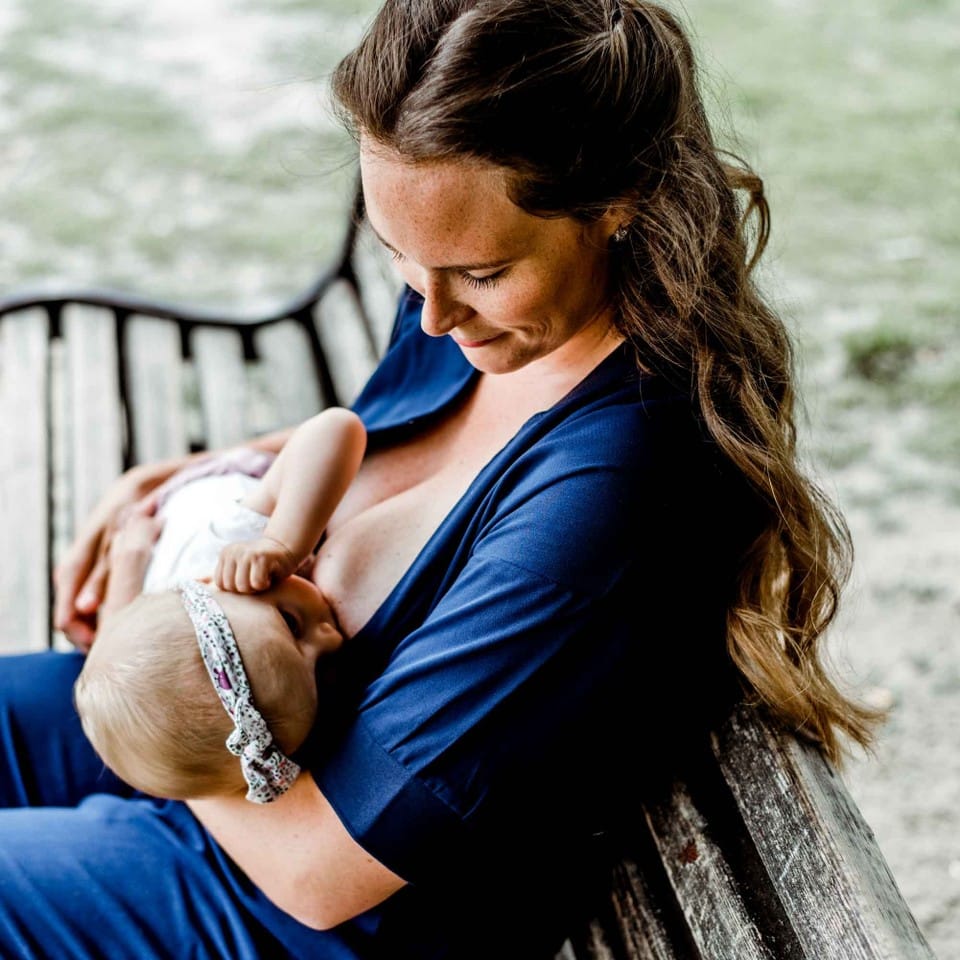Hey there, new mama! Wondering how much breast milk your precious little one needs? It’s a common question, but no worries, we’ve got the scoop for you!
One of the best ways to ensure your baby gets enough breast milk is to keep a close eye on feeding habits. During each feeding, aim for about 10-15 minutes on each breast. Listen for those adorable little swallowing sounds to know if your baby’s still slurping away. If your little cutie seems a bit fussy, he might just need some extra milk (or cuddles) to get comfy.
Breast milk in the first 24 hours
In the first day after birth, don’t expect a milk fountain just yet. The first five days are crucial for building up breastfeeding mojo – your body’s learning to produce more milk, and your baby’s learning to drink like a pro. Normally, your baby will gulp down about a teaspoon of colostrum per feeding in those first 24 hours, which is exactly what their tiny tummy can handle. Don’t worry, your doctor and midwife will keep an eye on things too.
By day three: Your baby’s tummy has a growth spurt and swells to the size of a walnut. Milk intake starts ramping up: your little munchkin can chug 22 to 27 ml of breast milk per feeding. In the first week after birth, aim to feed your baby at least 8 to 10 times a day to keep that milk flowing strong.
Breastfeeding between 24 hours and 2 weeks
During this period, your body adapts to your growing baby’s needs, making less colostrum and more full-fledged breast milk. The timing can vary from mom to mom, usually happening between 2 and 4 days after delivery. If you’re worried your baby’s not getting enough, don’t hesitate to chat with your doctor or nurse. By the end of the first week, moms typically produce around 500 ml of milk per 24 hours. At the same time, your baby’s tummy will be about the size of an apricot, holding about 45 to 60 ml.

Got Extra Milk? Don’t toss that liquid gold! Freeze it for later! Pour your pumped milk into clean containers with tight lids (check out our Yummy Tray, designed just for this). Don’t forget to jot down the date of pumping. Fresh breast milk stays safe in the back of the fridge at 4°C for 4 days. For longer storage, pop it in the freezer at -18°C or below for up to 6 to 12 months.
From 4 weeks to solids
From 4 weeks until you start introducing solid foods (around 6 months), your milk supply won’t change much unless you pump less. Around 6 months, solids will gradually replace some breast milk in your baby’s diet. For the first six months, babies usually grow 450-900 grams per month, and about 450 grams per month after that.
In a nutshell, there’s no one-size-fits-all answer to how much breast milk your baby needs. But if you keep an eye on feeding habits, weight gain, wet diapers, and overall health, you’ll make sure your little one’s growing like a champ. And if you’re still worried, don’t hesitate to consult your pediatrician, midwife, or lactation consultant. You’re doing an awesome job, mommies! 🎉👶


